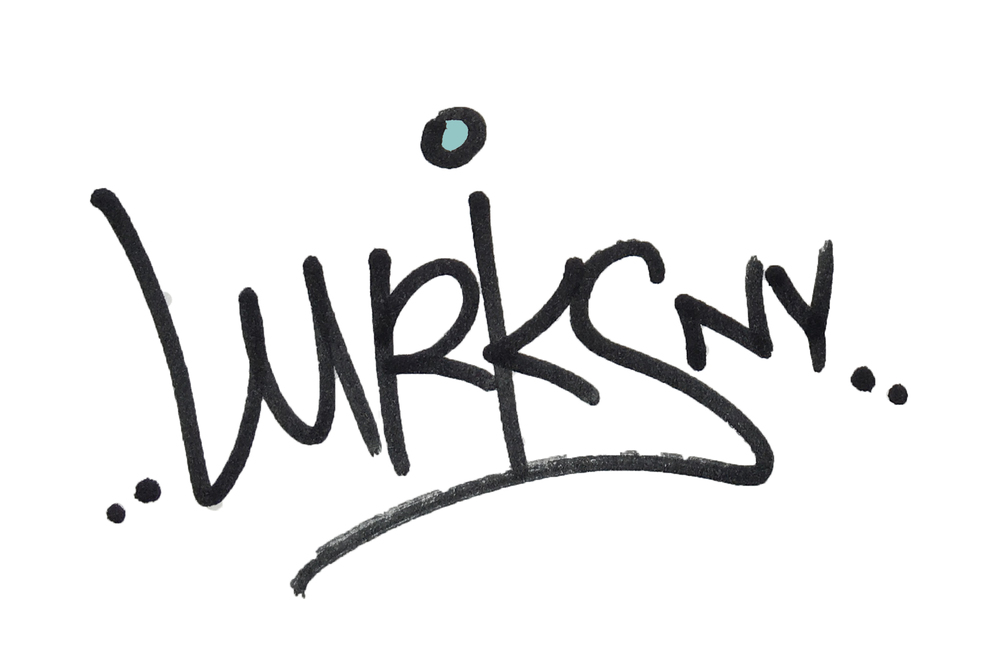Tso and Ho have chosen to use those feelings of alienation as the motivation to create Banana, an irreverent print publication celebrating all things Asian-American. From the title—a cheeky repurposing of a racial epithet—to the stories themselves, the two are using the magazine to process and share the unique experience of life as gender and ethnic minorities in America. Tso and Ho took inspiration from a resurgence they noticed in New York City’s black community, with black-centric style blogs like Style Etiquette and writer Marcus Troy creating a new platform for an unsung creative class.
Feeling that most of the outlets covering the Asian community seemed either too pop culture-driven or too political, they brainstormed over tacos and tequila and decided to enter the fray themselves.
PEEL BACK BANANA MAGAZINE
what: an introduction to the new york's pioneering asian-american culture magazine.
When: From the January 27th edition of 'Sweet'.
Photographed by Charlie Rubin.
“It’s hard enough being an awkward teenager,” recalls Banana magazine editor Kathleen Tso, “and, on top of that, being the only Asian kid in class.” She and co-editor Vicki Ho—seated next to her, nodding in agreement—share quite similar experiences of growing up Asian-American despite having been raised in Austin, TX, and New York City, respectively. While New York, where both currently live, hosts one of the largest Asian-American communities in the country, it’s clear it’s not strictly ethnicity Tso and Ho are alluding to; it’s the sensation of “otherness,” belonging neither here nor there in a place you call home.
The first issue of Banana is an eclectic affair, featuring articles like “Post-Period Soup for You and Your BFF”—a traditional herbal recipe beloved by Chinese grandmothers (including Ho’s). Ho and Tso aren’t claiming to be experts on race; they’re just relaying their experiences and learning as they go. “It’s hard because we’re such non-serious people at times,” says Tso. “Some people won’t understand, but we can only put out what we believe in.”
It appears a good deal of people get it, as the two are gearing up to launch their second issue, which will include a profile of designer Sandy Liang and an essay on the experience of getting cat-called, from the perspective of an Asian-American woman. Tangibility holds real value for Tso and Ho who, in this era of digital content, aspire to create an item people can hang onto for a long time. “We prefer to have something that people can physically have,” says Ho of the magazine, which is independently funded and features no advertisements. The second issue will be mostly crowdfunded—a decision which, in the words, of Ho, “completely cuts out all the bullshit.”
